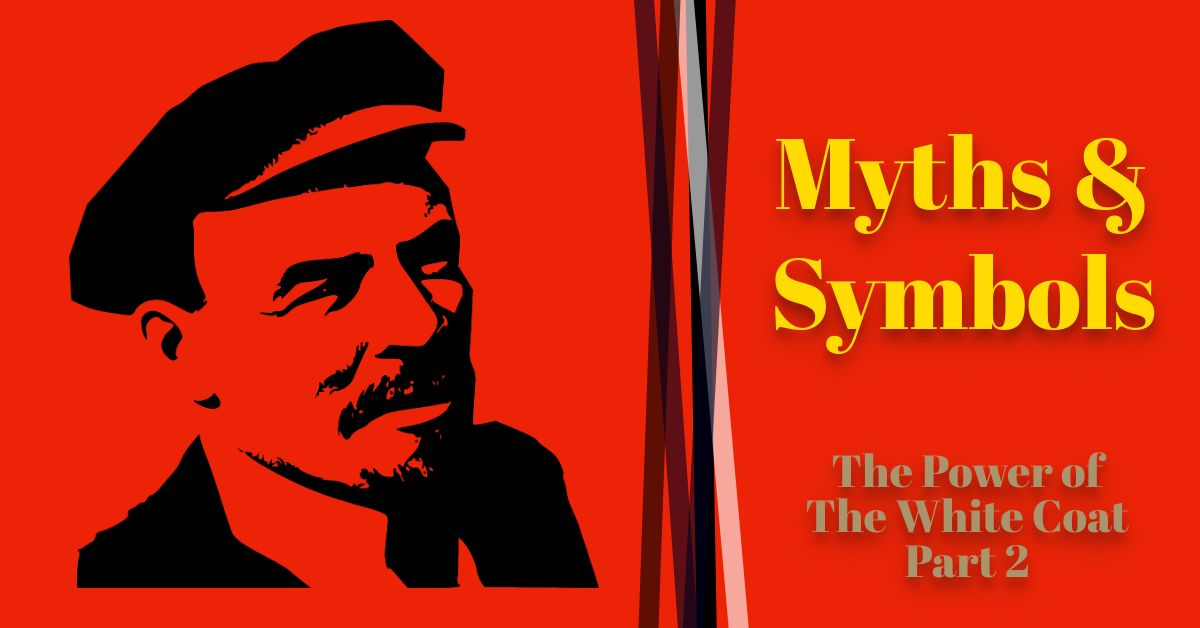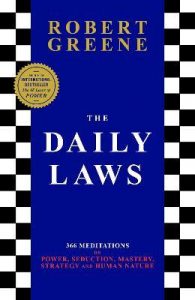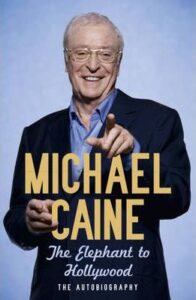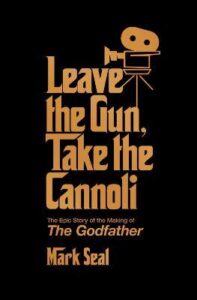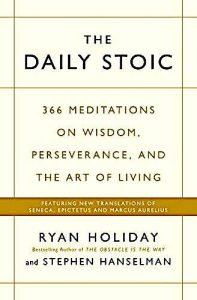“Two Hundred and Fifty Thousand dollars per annum is what you should earn, at least at the start. We will pay for the setup, finance the business, it will be your show, but we will be the foundations if you need it. We want this set of clients, and you are one of the few people with the skill level we would trust to make this happen.”
I was sitting in a lovely little Italian cafeteria- Il Solito Posto, in George Parade Melbourne. One of the charming little side streets off Collins Street, in the Paris end of the city. It was a mid-week afternoon, and my friend and long term business colleague had organised this catchup. It was an unexpected and pleasant surprise. He was on what would generally be his 5th or 6th short black. A short black is a 30ml shot of espresso served in a demitasse cup, and a good/fresh short black will have a thick golden crema on top. This is, of course, the basis for almost all espresso coffees. It is what keeps my friend going. I was somewhat a little tamer, and my close friends often smile at me; it would have been a chamomile tea or something similar.
It was the early 1990’s – $ 250,000.00 was a lot of money.
My friend had called the meeting to pitch an idea to me. He wanted to expand his business and take on some new clients in Sydney. He was willing to fund a business completely I would own to make this happen. During that conversation, he made one telling remark – “I don’t know what has happened, but in the last six to eight months, you have changed. You seem to be someone I can look to, to create and make a lot of good things happen.” Someone could take this as trying to “pump up your tires”, or “blowing smoke up your arse”, or some such phase in some circles—my colleague was not known for this style of comment. There was almost a look of bewilderment as to why he hadn’t noticed it before.
Looking back, I know exactly what had happened and why he thought that way. As a result, I took a deliberate course of action that had caused that remark and other work offers that were often double and triple the income I previously earned.
The start of the nineties had seen me on the brink of losing a business I had spent eight years building and sacrificed most of my 20’s to create. It left me with no income, no job, and some debt when it finally did go. It was also heartbreaking to see other people profit from the work and relationships I had created. I learnt a lot – mostly about people and myself.
The debt wasn’t very much, but any debt is a hurdle with no money coming in. work was hard to find – unemployment was around 10%. So I kept things going by selling lamingtons, a type of Australian cake, on the side of the road until something better could come along.
At this time, I started to practice the life principle of “getting rid of what you don’t want to make room for what you do want.“. I wrote about this in “The Secret of Letting Go.” One of the simplest ways of test and benefiting from this proposition is to throw out all the clothes you either don’t wear anymore, worn out, or no longer suit you. I had done this, and when I looked back at my wardrobe, the cupboard was bare. So I had gingerly put a couple of shirts and a suit with a button missing back so that I had something to wear.
When I sat on the bed looking at the empty space, I knew I needed more clothes – but what to buy? I had limited money and wanted to maximise the results of any choice I made.
I called Jon Michael.
Jon had become a friend of mine over the previous four years. I had first met Jon shortly after he had won the prestigious Melbourne International Fashion Awards and a past designer with the Christian Dior brand. Jon would become the world-renowned founder, “Image Group International”, receive numerous awards local and international, and become the only Australian to win the prestigious International Image-Maker of the Year USA Award. Of course, that was all ahead of Jon, but his skill and expertise would help resurrect my life.
I didn’t know what Jon could do, but I called, and we meet. I explained I had a minimal budget. I told my story, and we talked about where I wanted to go. Jon spoke to me about what has become one of his more quoted maximums – “Dress for you want to go – not where you are”. Jon also pointed out that what’s inside a person is more important than a superficial image – but you also don’t want it to get in the way either. What we wear can either help us move through life more easily or sabotage our progress and make it more challenging. It is also not always about how much money you send either.
Human beings have always had to deal with far more information than what we can process at any given time. So we develop shortcuts – standard reactions that work most of the time. They serve us well. These shortcuts are what Jon was talking about; Clothes and accessories are symbols of our standing in a community or social position and authority. They also tap into all the myths and stories that we have absorbed over a lifetime of media influence, not to mention the historical unconscious.
As funds were limited, we focused on the most valuable items, and as time progressed, we would add to my wardrobe with less essential clothing items. By paying attention, I learn about things that worked for me and developed a sense of confidence around clothing and personal presentation that has served me well.
I recall the first time I wore my new clothes; I felt like a beacon with all eyes watching me. I found people responses to me built on the confidence I was already feeling inside. So began a spiral of sorts. My inside world was growing and then being reflected outside and seeing the results and feeding my inside world.
These symbols are there, free for all of us to use; it is foolish not to use them. We all buy into symbols and myths.
I would see my own experience repeated time and time again. Working as producer and production manager for large corporate events – I spoke to my friends and clients about Jon Michael. Jon talked about his idea’s in organised presentations and did 100’s of makeovers on delegates all over Australia and New Zealand. I saw my story played out many times. Where I saw it fail were in area’s where people’s inside worlds were either unable or, more often, unwilling to grow and change. And yes, it is harder for some more than others.
Dr Mawwell Maltz, in the classic work “Psycho-Cybernetics”, wrote about similar outcomes with plastic surgery patients. If the inner world failed to grow and accept the new reality, achieving new goals was retarded. And vice versa, for some people, the plastic surgrey had such an effect that it was like “they were a new person”.
The European spring of 1917 found Lenin trapped in Zurich thousands of miles away from the Russian revolutionary action that had begun by women and without him in February of that year. With a new provisional government-appointed and lead by his opposition, Lenin was desperate to regain some initiative. So, with some political shenanigans with Germany, he raced across Europe in a so-called “Sealed Train “. As a Russian, this could be seen as a treasonous action as Germany was at war with Russian. On the way, he decided to ditch his Bourgeoisie (aka upper-middle class) homburg hat and replace it with a now-iconic workers hat.
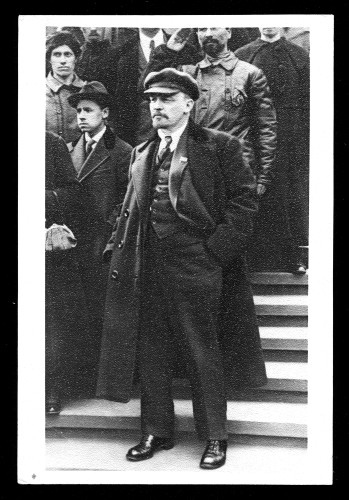
As an American, Albert Williams would comment at the time,
“The Bolsheviks understood the people. They were strong among the more literate strata, like the sailors, and comprised largely the artisans and labourers of the cities. Sprung directly from the people’s loins, they spoke the people’s language, shared their sorrows and thought their thoughts. They were the people. So they were trusted.”
Lenin knowing the power of an image, would do whatever was necessary to reinforce that message. On his death, Stalin would continue this tradition – deifying Lenin, doctoring photo’s, commissioning films that all exaggerated the events of 1917 to build a myth around their version of the history. Even the very porous “Sealed Train” myth was not left untouched by the Soviet Historians of the day.
The following five soviet leaders would carry on Lenin’s talents of image creation. Stalin with his iconic tunic through to Gorbachev’s Russian Cossack hat. All designed to elicit a particular response from the Soviet Population and world leaders. In fact most observers failed to discern Gorbachev’s real radicalism because they were fooled by his balding pate and drab suits. All these image creations and ideas not lost on Vladimir Putin.
History is indeed “The History of the Victorious”, and a picture does tell a thousand words, ask any book publisher.
Let us not be too critical of the past – spin doctors are our current mythmakers of today, and in today’s modern visual politic’ we would be foolish not to think there is a reason for everything we see.
The next time I needed an image to build a story, I was more deliberate than my first outing with Jon Michael.
As my health recovered during the early 2000s, all my resources that I had spent the previous ten years building were now no longer present. I had invested thousands of dollars and hundreds of hours on returning my health to a functional level. Whilst I may not be able to work at anything like full capacity, I wish to convey a message of capability and skill to any potential client or employer. I did not want to give a message of someone down on his luck, needing charity or had lost the capacity to do a good job. I did not want to appear down at heal or given them any reason not to take me on, even if they knew I hadn’t been able to work for some years. An emotionally charged image has a lot of power.
Clothing was an answer. Jon had taught me to purchase well-made classic designs as they date slowly, if at all, and appear far more expensive than they actually are. And with a few tweaks here and there, they would be fine.
The next thing was my car. I had an incredibly old and tired looking Commodore; a General Motors Australian made car. It was solid and reliable but seen better days. So with a small loan, I purchased a classic car – a 25-year-old Mercedes. Why a Mercedes? Because regardless of age, a clean, well-maintained Mercedes Benz will always look elegant and make a good impression. I chose a very popular model, making parts cheaper and repairs affordable. I spent no more than another later model Commodore but added a symbol of success that a Mercedes Benz brings to the table.
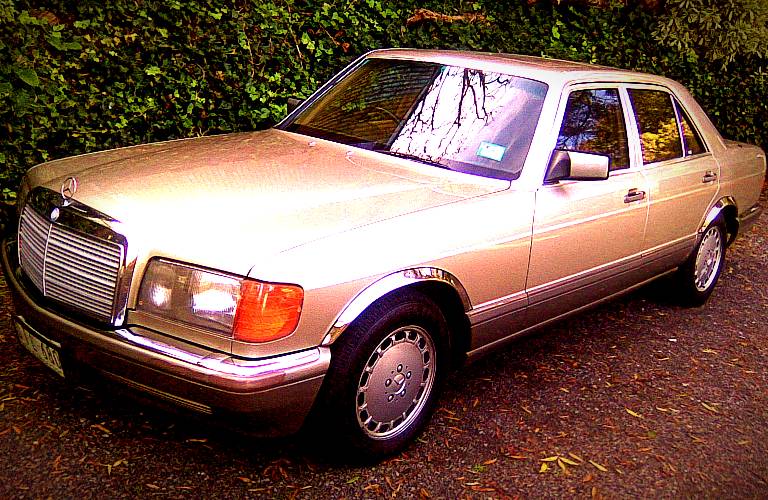
In the end, I had to be careful as my work started to pick up, people began to think I was making too much money. In some cases parking my car around the corner out of view. Myths and symbols can work for us or against us. I often used to look at the cars they personally drove, laughing to myself that I could purchase three or four Mercedes of my model for the cost of their vehicle. I was harnessing the power of some else’s image to enhance my own.
I have a colleague whose family has built a successful hire car business for two generations, only owning classic Rolls Royce’s for weddings. They found it was easier than updating every couple of years to new cars and then competing with everybody else in the same game. Engaged couples buy into the myth of the good old days and success that they represent. As one thankful and returning bride was quoted as saying – “The cars didn’t age our hairstyles, cloths and waistline did.”
Potent symbol – a powerful myth.
Myths and Symbols are languages we use and or manipulate to “talk and influence” each other. However, just like spoken languages, a message can get lost in translation, particularly if you are in an environment where your “languages” are somewhat unknown.
Author Jill Paton Walsh covers this brilliantly in her “Booker Prize” shortlisted fable “Knowledge of Angles”. One of her mirroring plots outlines the story of a young girl who was raised by wolves. In the story set around 1450 CE, we find the girl taken in by the local nuns to try to civilise her and keep her safe. After some time, the nuns wish to introduce her to the Church and the Christian story. The child is taken into the local and grand Catholic Church. She runs out in terror at the images and statues of a man being tortured to death – Jesus on the cross. The story concludes with her leaving to regain life with the wolves. Jesus on the cross, a potent image – but an idea of salvation for one and horror for another.
The nuns would have done well to pay attention to the mythic story of St Peter as the founder of the Catholic Church, whose very speech betrayed his loyalty to Christianity’s founder. As quoted by his fellow disciple Matthew –
And a little later, those who stood by came up and said to Peter, “Surely you also are one of them, for your speech betrays you.”
Matthew 26:73
We must be cautious in our use of symbols, the myths we hold, and the stories we tell. There is no guarantee that the language will not be misunderstood. Like most things’ awareness is the key.
Let us be a student of human behaviour and psychology, the effect of the world around us, what drives, what controls and influences us, how we in turn influence others and what makes us happy.
Till Next Time…
Resources & Suggested Further Reading.
Knowledge of Angels – Jill Paton Walsh.
“Psycho-Cybernetics” – Dr Maxwell Maltz.
Royal History’s Biggest Fibs: The Russian Revolution | BBC Documentary with Lucy Worsley
Influence : The Psychology of Persuasion – Robert B. Cialdini
